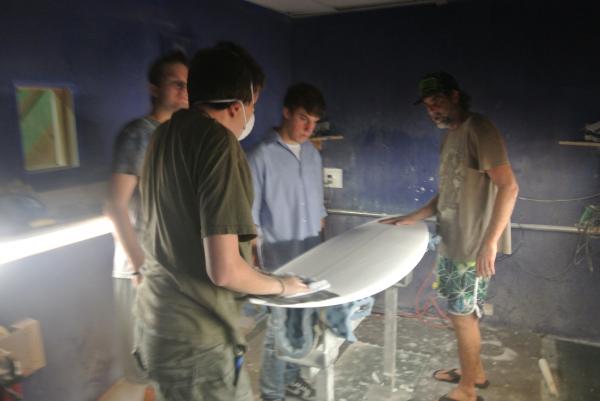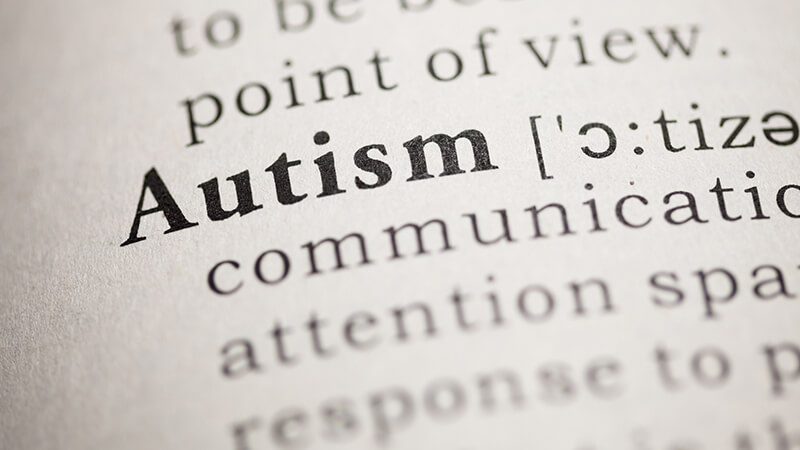As a scientific researcher and former poker professional I am careful about making statements and decisions that are not supported by statistical facts. That being said, I would have to imagine that is fair to say that given the right environment, a young adult with Austim’s vocational success, and potentially a fruitful and productive life, is strongly related to the “goodness of fit” with their individual strengths and work environment. For example, one could say it may not be the best idea to have an anxious person with isolating tendencies and social difficulties working at the front desk of the Hilton. I also want to qualify by saying that Hilton Hotels has been a big supporter of Autistic Young Adults in my local city and has employed quite a few capable individuals that end up excelling in various work environments, including the front desk. In my opinion though, many of these young adults go above and beyond what the average employee would achieve. But that is not always at the proverbial front desk. I often say to clients that “Goodness of fit” accounts for 80 percent (a number based solely on my personal opinion and more to express the importance) of the probability of success. Structure is also a very important factor as it relates to an individual’s ability to perform, and conform, to the work environment and associated requirements. This would include things like showing up on time as one example. In some cases, bathing could be another example. It depends, that’s why it’s called a spectrum. Autism comes with varied strengths and weaknesses. Often with other perceptual deficit commonalities. I have worked with many autistic individuals with a wide variety of diagnostic symptoms as well as different talents and intellect. Some extreme. Financial management (or lack of financial management ability) alone can be a barrier to a successful transition to independence. Direction Therapy was founded on the principle of a flexible model. One that allows for adaptation to the different strengths and weaknesses of a Young Adults on the spectrum. It gives support where it is needed and allows for independence in other areas. It includes a coordinated Multi-disciplinary approach that has the important clinical components, as well as academic, vocational, financial skill, and independent living skill pieces. An important part of the Direction Therapy approach is to assess vocational strengths and weaknesses and integrate these results with therapeutic interventions so as to help identify vocational environments where people will succeed. In essence, this puts the goodness of fit model into a practical and clinical application.
My name is Andrew Rubin, Ph.D. I am the founder of New Directions for young Adults (NDFYA.com) and the International Society for Autism, a non-profit organization which was founded in May, 2010 to support research and vocational placements for young adults with autism.
Upcoming Blog and Discussions will include:
For Young Adults on the spectrum: COVID-19 has caused a “regression to the norm”
Young adults with autism with a history of isolating behaviors, combined with social media or video gaming addiction are being impacted by COVID-19 along with the rest of us, only differently. Young Adults with Video Game addiction and Social Media Addiction, in a time of COVID-19, just become closer to the “norm” than they have ever been before. What job I wonder would they excel at where the average person is only just learning how to “go virtual.” (If you would like to leave a comment and be published in this discussion, please send your feedback to [email protected].




